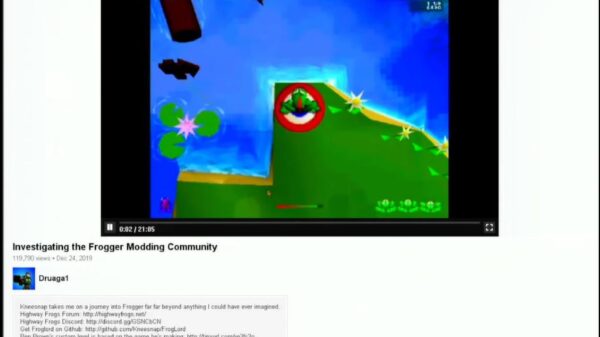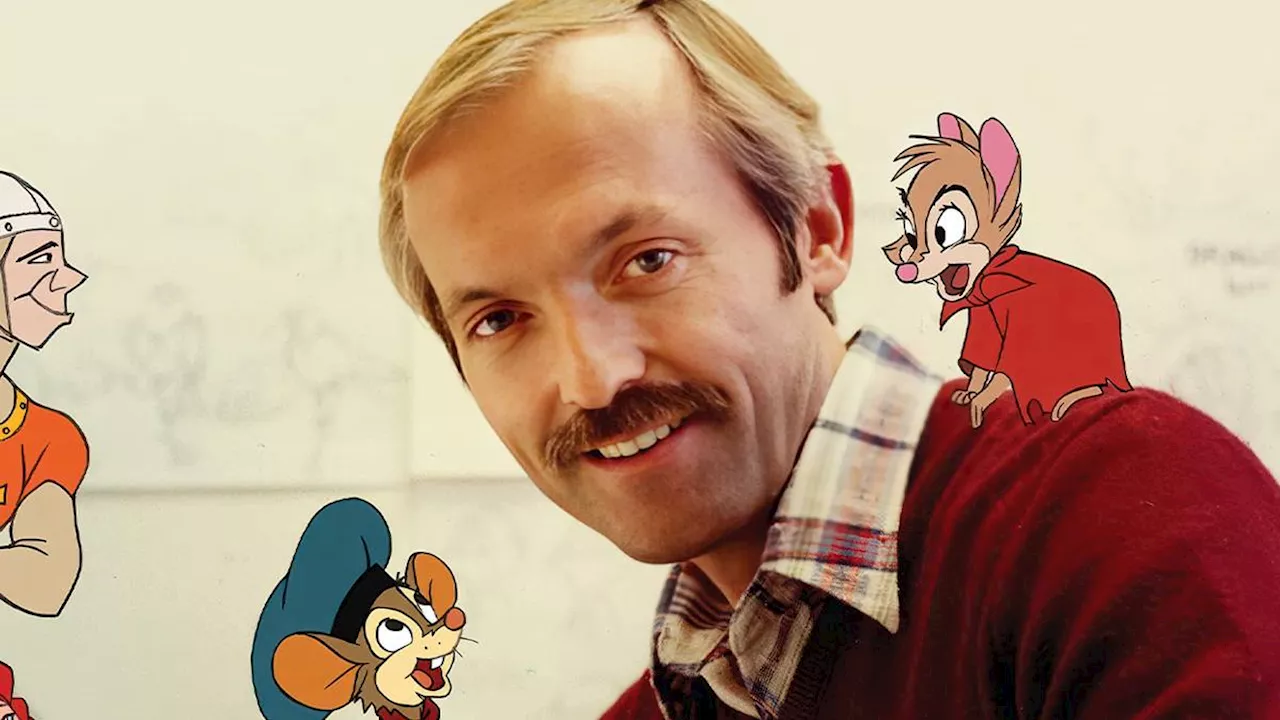Animator Don Bluth has long been recognized as a pivotal figure in the animation industry, particularly for his decision to challenge the dominance of Disney. The new documentary, Don Bluth: Somewhere Out There, directed by Chad N. Walker and Dave LaMattina, delves into Bluth’s career and his efforts to innovate during a period when Disney struggled to maintain its creative edge.
Bluth’s journey began at Disney, where he aspired to contribute to the studio’s legacy of beloved films like Snow White and the Seven Dwarfs and Cinderella. However, the climate at Disney shifted dramatically after Walt Disney’s death in 1966, leading to a decline in the quality of animated productions. Recognizing this stagnation, Bluth made the bold decision to leave Disney and establish Don Bluth Entertainment in the late 1970s, marking the start of a fierce competition with his former employer.
The documentary opens with Bluth’s departure from Disney, framing it not as a rivalry but as a necessary step towards healthier competition in animation. His first film, The Secret of NIMH, produced on a significantly smaller budget than typical Disney projects, achieved respectable box office success. This film not only showcased Bluth’s unique artistic vision but also set a new standard in animation, challenging Disney’s long-held dominance.
Bluth candidly reflects on the challenges faced during his career in the documentary. Financial difficulties led his studio to relocate to Ireland, where they not only produced films but also trained the next generation of animators. Additionally, Bluth ventured into the realm of video games with groundbreaking titles like Dragon’s Lair and Space Ace, bringing high-quality animation to arcades and expanding the boundaries of the medium.
While the documentary effectively portrays Bluth’s innovative spirit, it also highlights his recognition of the shortcomings in his studio’s storytelling. Bluth admits that despite the stunning visuals, the scripts often did not meet the high standards necessary to elevate the films to their full potential. This realization raises questions about the collaborative nature of creativity, suggesting that his most acclaimed work came when he partnered with established teams, such as when he worked with Steven Spielberg on An American Tail and Fox on Anastasia.
Despite its engaging content, Don Bluth: Somewhere Out There is not entirely chronological, which can create a disjointed viewing experience. The documentary occasionally shifts back in time to provide context about Bluth’s background, including his challenging childhood and his strong Mormon faith. While these elements offer insight into Bluth’s character, a more in-depth exploration of his personal life would have enhanced the narrative.
In the latter part of the film, Bluth reflects on his career and the evolution of the animation industry. He discusses his foresight regarding entertainment trends, including the rise of interactive media and the potential for new studios to emerge as competitors in the wake of his own company’s closure. This prescient view underscores Bluth’s lasting influence in the field.
The documentary concludes with a look at Bluth in his later years, where he expresses gratitude for his experiences while acknowledging his regrets. He is now rediscovering his passion for writing for the stage, illustrating a continual evolution in his creative pursuits.
Although Don Bluth: Somewhere Out There could have provided a deeper dive into Bluth’s personal life and experiences, it remains a compelling exploration of an animation pioneer. Bluth’s daring journey against a Goliath of the industry not only reshaped the landscape of animation but also enriched the art form, leaving a legacy that continues to inspire.






































































